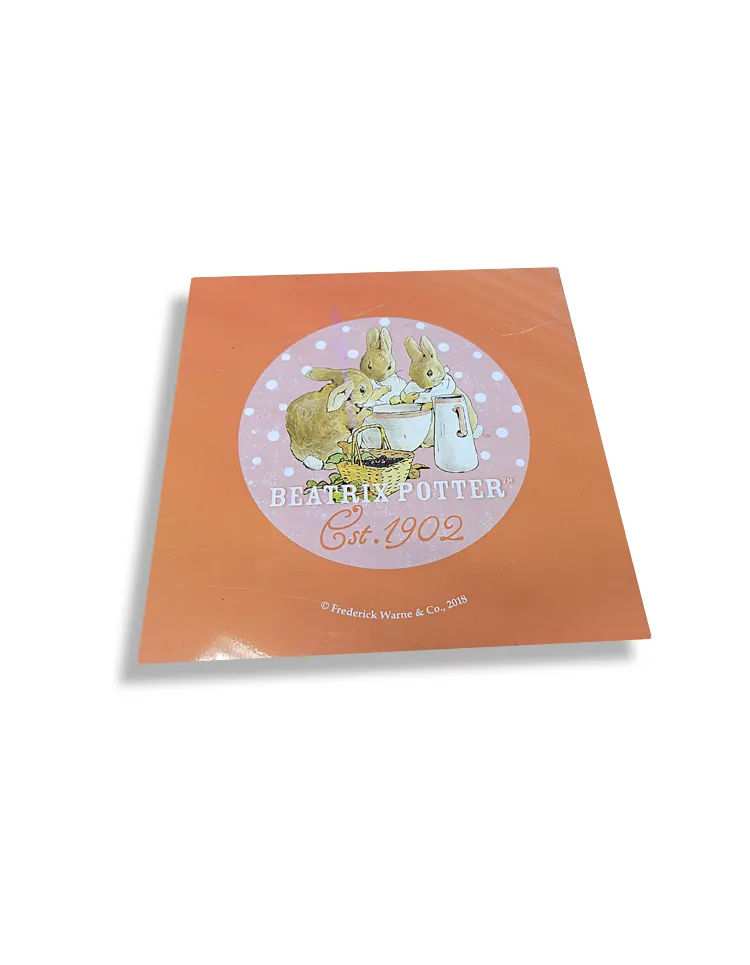As a metal material widely used in food packaging, chemical containers and other fields, tin plate sheet is widely favored for its excellent corrosion resistance and gloss. Whether it is cans and beverage cans displayed in supermarkets or chemical barrels in the industrial field, tinplate sheet products give people a strong impression in terms of visual and practicality with their bright and smooth surface.
However, with the passage of time and changes in the external environment, many people find that the tinplate sheet products that were originally as bright as new gradually lose their original luster. So, why does tin plate sheet lose its luster? This article will explore its causes and the physical and chemical mechanisms behind it.

What is the composition of tinplate sheet and what is the source of its luster?
To understand why tin plate sheet loses its luster, you first need to understand its structure and the reasons for its luster. The basic structure of tinplate sheet consists of two parts: the internal steel matrix and the external tin plating.
Steel matrix
The core of tin plate sheet is steel material, usually low carbon steel or mild steel. The steel matrix provides tinplate sheet with excellent mechanical strength and ductility, enabling it to be used in a variety of processing operations. However, steel itself is susceptible to oxidation, and will rust when in contact with oxygen and water in the air, producing an unsightly rust layer, resulting in surface discoloration and rough texture. Therefore, the surface of the steel substrate must be protected by tin plating and other methods.
Tin plating
The gloss of tinplate sheet mainly comes from the tin plating covering the steel substrate. Tin is a metal with good corrosion resistance, its surface is smooth and shiny, and it reacts slowly with oxygen in the air and is difficult to form oxides. Therefore, the tin layer not only prevents the rust of the steel substrate, but also gives the tinplate sheet products a good gloss.
The gloss of tin mainly comes from its metal surface structure, which can reflect a lot of light. When the tin layer is uniform and smooth, the surface of tinplate sheet will show a bright reflective effect.

Will tinplate sheet lose its gloss?
Although the tin layer gives tin plate sheet its initial gloss, tinplate sheet often loses this gloss after use or long-term exposure to the environment. The reasons for this change are multifaceted, involving physical damage, chemical reactions, environmental factors, etc.
Oxidation caused by environmental factors
The primary reason why tin plate sheet loses its gloss is the oxidation reaction on the surface. Although tin is relatively difficult to react with oxygen in the air, under certain conditions, tin will still form an oxide film, causing the surface to lose its gloss. The oxidation process is mainly affected by the following environmental factors:
● Humidity: When tinplate sheet products are exposed to a humid environment, water molecules will accelerate the oxidation reaction of tin. Tin will form a layer of tin oxide (SnO₂) in humid air. Although this oxide layer is thin, it will significantly reduce the reflective ability of the tin surface, making the tinplate sheet look dull.
● Temperature: Under high temperature conditions, the oxidation reaction rate of tin will increase significantly. When tinplate sheet products are in a high temperature environment for a long time, an oxide film will gradually form on the surface of the tin coating, which will hinder the reflection of light and reduce the gloss of the surface.
● Pollutants in the air: If tinplate sheet is exposed to an environment containing sulfides, acidic gases or other pollutants, the tin coating will react with these chemicals to form compounds such as tin sulfide (SnS). This type of compound is dark in color, which will cover up the luster of tin and cause the surface of tin plate sheet to become dull.
Mechanical damage
During the manufacturing, transportation, storage and use of tin plate sheet products, they are often impacted, rubbed or scratched by external forces. These physical damages are also important reasons for the loss of luster of tin plate sheet.
● Friction and wear: During the handling or use process, the surface of tinplate sheet may rub against other objects. Since the tin layer is relatively soft and easily worn, friction will damage its smooth surface and produce tiny scratches. These scratches not only affect the visual effect, but also increase the roughness of the surface, thereby reducing the reflection of light and causing the gloss to decrease.
● Scratches and collisions: In daily use, tinplate sheet products are often hit or scratched by hard objects. Once the surface of the tin layer is damaged, the steel substrate underneath is exposed, which will not only lose its luster, but may also further accelerate corrosion. If the tin layer is severely damaged, the steel substrate will be in direct contact with the air, which will quickly produce rust, further affecting the overall appearance.
Uneven thickness of tin layer or plating defects
In the production process of tin plate sheet, the control of tin plating process is crucial. The thickness and uniformity of the tin layer directly determine the glossiness of the tinplate sheet surface. If there are process problems during the tinning process, such as uneven thickness of the tin layer or defects such as pinholes and bubbles, the surface gloss of the tin plate sheet will be affected.
● Uneven thickness: When the thickness of the tin layer is uneven, the thin areas are easily affected by environmental factors and oxidized rapidly, resulting in local loss of gloss. This phenomenon is usually manifested as mottled gloss changes on the surface.
● Pinholes and bubbles: During the tinning process, if the process is not properly controlled, the tin layer may produce tiny pinholes or bubbles. These defective points expose the steel substrate or reduce the protective performance of the tin layer, resulting in local corrosion and loss of gloss.
Crystal reorganization of tin
In addition to external factors, changes in the crystal structure of tin itself can also affect the gloss of the tinplate sheet. Tin is a polycrystalline metal that may undergo crystal reorganization under different temperature conditions. When the crystal structure of the tin layer changes, the microstructure of the surface changes, and the light reflection ability decreases accordingly, resulting in a weakened gloss.
Especially at lower temperatures, tin may experience a phenomenon called "tin pest", which is the transformation of tin from β-crystal (white tin) to α-crystal (grey tin). Although tin pest has been effectively controlled in modern industry by adding alloying elements, it can still occur under extreme conditions, resulting in powdering or cracking of the tin layer surface, which in turn affects the gloss.

How to prevent tinplate sheet from losing its gloss?
In view of the various reasons why tinplate sheet loses its gloss, a series of measures can be taken to delay or prevent its gloss from disappearing during actual use and storage.
Controlling environmental conditions
A suitable storage environment is essential to maintain the gloss of tinplate sheet. Reducing humidity and avoiding high temperature environments can effectively reduce the oxidation rate of tin. In addition, tin plate sheet products should be avoided from being exposed to acidic gases, sulfides or other corrosive substances.
● Dry storage: tinplate sheet products should be stored in a dry and ventilated environment to avoid long-term exposure to humid air. At the same time, moisture-proof measures can be used when necessary, such as placing desiccant in the storage area to reduce the humidity in the air.
● Avoid pollution sources: Ensure that tinplate sheets do not come into contact with harmful chemicals, such as acid mist, industrial waste gas, etc. These pollutants will accelerate the corrosion of tin and cause the gloss to fade.
Reduce physical damage
During the production, transportation and use of tin plate sheet products, physical damage should be avoided as much as possible.
● Appropriate packaging: When transporting and storing tin plate sheet products, the use of protective packaging can reduce friction and collision, and avoid surface scratches or wear.
● Careful operation: During use, contact with sharp or hard objects should be avoided as much as possible to reduce surface damage.
Surface treatment and coating protection
During the manufacturing process of tin plate sheet products, its antioxidant capacity can be improved by adding a surface coating, thereby extending the gloss retention time. For example, the use of a transparent anti-oxidation coating can effectively isolate oxygen and moisture in the air and prevent the tin layer from oxidizing. In addition, the coating can also increase the wear resistance of the surface and reduce the loss of gloss caused by friction.

